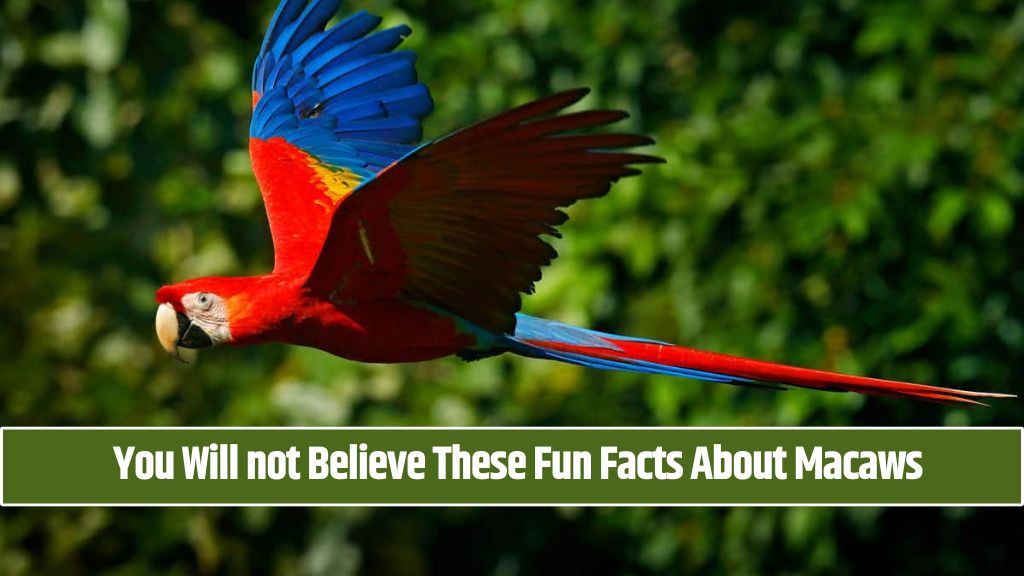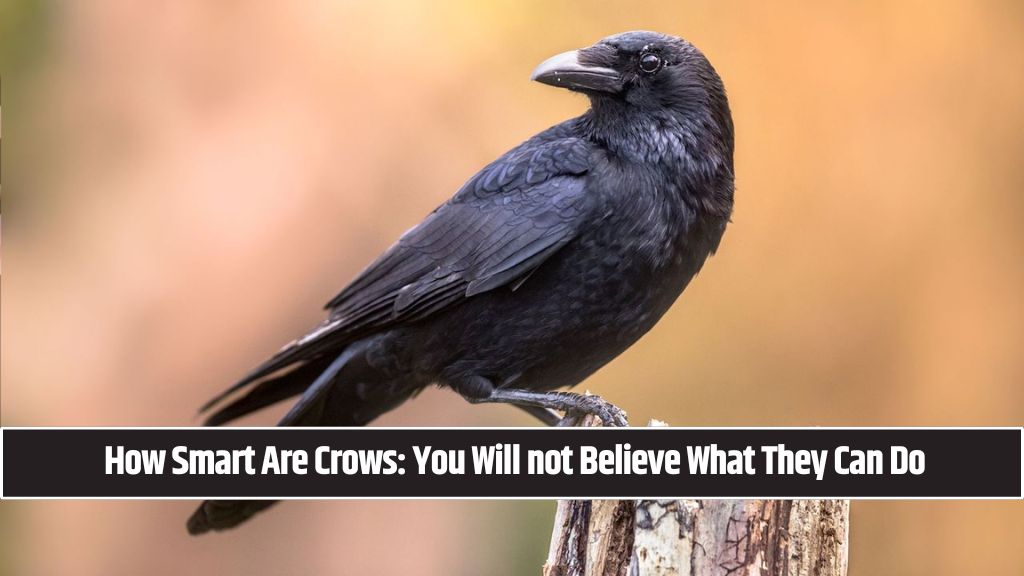Sparrows, often referred to as “little brown birds” (LBBs) by birdwatchers, are known for their swift movements and subtle appearances. These small, energetic birds dart in and out of bushes, blending into their surroundings with their earth-toned feathers and constant chatter. While they may seem ordinary at first glance, sparrows in North America showcase an impressive diversity, with over 40 species across the continent.
From the slender Brewer’s Sparrow to the robust Eastern Towhee, and the ever-present House Sparrow, each species brings its own unique characteristics. However, spotting and identifying these birds can be a challenge, as they often forage in the underbrush and prefer to remain hidden rather than display vibrant colors during the breeding season.
If you happen to see one out in the open, be quick with your binoculars—before you know it, they’ll vanish into the tall grasses or shrubs.
Why Identifying Sparrows is a Fun Challenge
For birding enthusiasts, learning to distinguish between sparrow species is a rewarding challenge. Since sparrows prefer secluded habitats and have subtle markings, recognizing them requires a keen eye and patience. Once you develop these skills, you’ll be able to identify sparrows with confidence and precision.
A great place to start is with two common yet similar-looking species that might be in your area:
- Song Sparrow
- Savannah Sparrow
By paying attention to their fieldmarks, habitat, and behavior, you can distinguish them easily.
Where to Find These Sparrows
Both the Song Sparrow and Savannah Sparrow prefer open fields and can often be seen flying in circular patterns with their tails spread, scanning the ground before landing. However, you won’t find them at backyard feeders. Instead, look for them:
- Along roadsides, where they forage for seeds.
- Near coastal areas, where they feed on shellfish and aquatic insects.
- In grassy fields, where they build cup-shaped nests hidden under weeds or dead plants.
If you’re walking through these habitats, watch your step—you may be near a well-hidden sparrow nest.
Though sparrows may seem unremarkable at first, they are full of variety and charm. Their secretive nature makes them a thrilling challenge for birdwatchers, and identifying them can greatly enhance your birding skills. By taking the time to observe fieldmarks, habitats, and behaviors, you’ll begin to appreciate the hidden beauty of these little brown birds.
So grab your binoculars, step outside, and start spotting the fascinating sparrows in your area!
FAQ’s
Why are sparrows called ‘LBBs’ in birdwatching?
Birdwatchers refer to sparrows as ‘little brown birds’ (LBBs) because of their small size and earth-toned feathers, making them challenging to identify.
Where can I find Song Sparrows and Savannah Sparrows?
Both species prefer open fields, roadsides, and coastal areas. They often build cup-shaped nests on the ground under weeds or dead plants.
Do sparrows visit backyard feeders?
Most sparrows, including Song and Savannah Sparrows, do not visit feeders. They prefer foraging in the wild, especially in grasslands and coastal regions.
How can I quickly identify a sparrow?
Observe its habitat, markings, and behavior. Noting details like streak patterns, tail shape, and preferred environment can help with identification.
What is the best way to spot sparrows in the wild?
Use binoculars and remain patient. Sparrows often hide in tall grass or shrubs but may briefly perch in open areas before diving back into cover.


















